The lithophone is the oldest percussion instrument in Vietnam and one of the most primitive musical instruments of mankind, listed by UNESCO in the list of musical instruments in the “Central Highlands Gong Cultural Space” that need to be preserved. When listening to the lithophone, we can feel the sound of the instrument, sometimes like the deep echo of the mountains and forests, sometimes like the sound of a flowing stream. The sound of the lithophone seems to replace the story, like sharing the happy moments, comforting the sad moments in the lives of the indigenous people.
 |
| Meritorious Artist A Huynh performs lithophone. |
Although it is a primitive ancient musical instrument, the making of lithophone is considered a difficult technique, known to few people. Therefore, the number of people who know how to make lithophones in the Central Highlands today is not much, if not very rare. For over 20 years, Meritorious Artisan A Huynh, a Gia Rai ethnic in Chot village, Sa Thay town, Sa Thay district, Kon Tum province, has been tirelessly searching from countless stone bars to create lithophones with special sounds.
A Huynh said that lithophones usually have 3 to 15 bars, with different lengths, thicknesses, and thinnesses; they are carved, but the stone bars still basically retain their natural roughness. Long, large, thick stone bars have a low pitch; short, small, thin stone bars have a clear sound. At high pitch, the sound of lithophones is distant and clear; at low pitch, lithophones resonate like the echo of a cliff. The ancients considered the sound of lithophones as a means to connect the underworld with the living world, between humans and heaven and earth, gods, between the present and the past.
Taking the root of traditional music as the standard scale from the ancient gong set, the basic lithophone initially had 7 stone bars, each stone bar was a musical note, corresponding to the notes in the gong scale. On the basis of the basic musical notes, gradually, lithophone artisans experimented and added some stone slabs, corresponding to some other musical notes, enriching the melodies of the lithophone, developing the lithophone set to 15 stone bars.
Following A Huynh to Ya Lan stream, we witnessed A Huynh's nimble hands picking up stones by the stream, using a small hammer to tap them, making clear sounds, but it was hard to think that those stones would become musical instruments. A Huynh said that since he was a child, when he followed his father to the stream to stack stones to prevent water from eroding the fields, he heard strange sounds coming from the stones by the stream. A Huynh tried tapping on the stones and was surprised by the sounds they made. Just like that, A Huynh tried one stone after another, each stone produced different sounds. Curious and excited, he decided to look for suitable stones and started making lithophones. "To make a lithophone, you have to choose stones that make a sound first. Then cut and trim them, depending on the length to create low and high sounds," A Huynh shared.
Each stone usually has a different sound, but through the special ears of the artisans, they know which stone is suitable for the lithophone; then they edit the stones they bring back. The way they chisel, grind, and carve these stones is quite sophisticated and elaborate. The rough stones that seem to be inanimate and lifeless have been crafted by the artisans into a unique musical instrument that emits a sound like the echo of the Central Highlands. The sound of the lithophone seems to replace the story, the consolation, the joys and sorrows in the lives of the local people here.
In the afternoon, sitting next to A Huynh's communal house with many traditional musical instruments, it is interesting to listen to the sound of his lithophone soaring up, with the melodies of familiar ancient folk songs of the Gia Rai people, or revolutionary songs that are sometimes soaring, sometimes as solemn as the great forest. To prevent the lithophone from being lost, A Huynh also shares his passion with the young generation in his village through festivals or free time ■
Source: https://baodaknong.vn/am-vang-dan-da-kon-tum-229002.html






![[Photo] Prime Minister Pham Minh Chinh chairs meeting on US imposition of reciprocal tariffs on Vietnamese goods](https://vstatic.vietnam.vn/vietnam/resource/IMAGE/2025/4/5/9b45183755bb47828aa474c1f0e4f741)
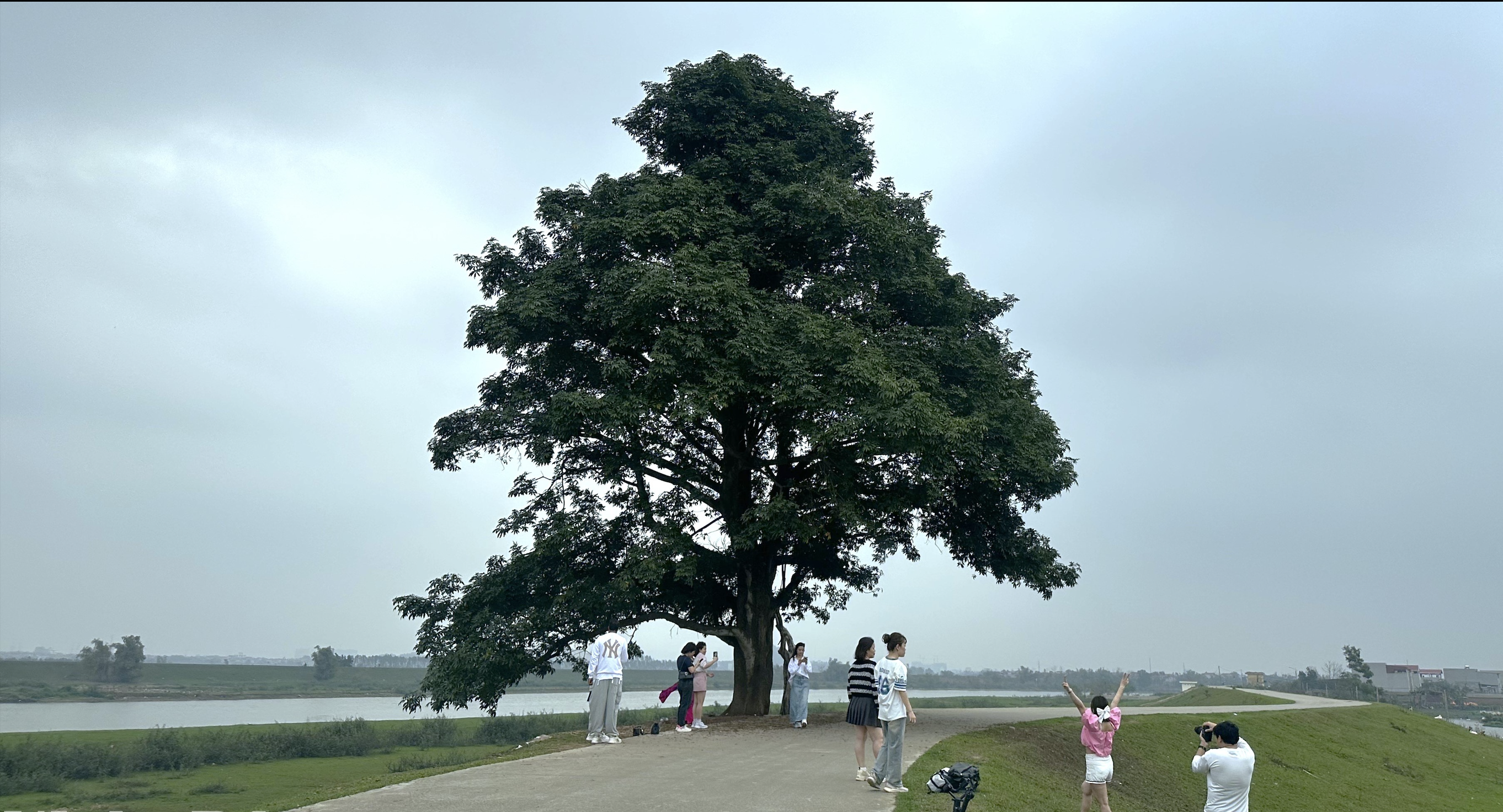





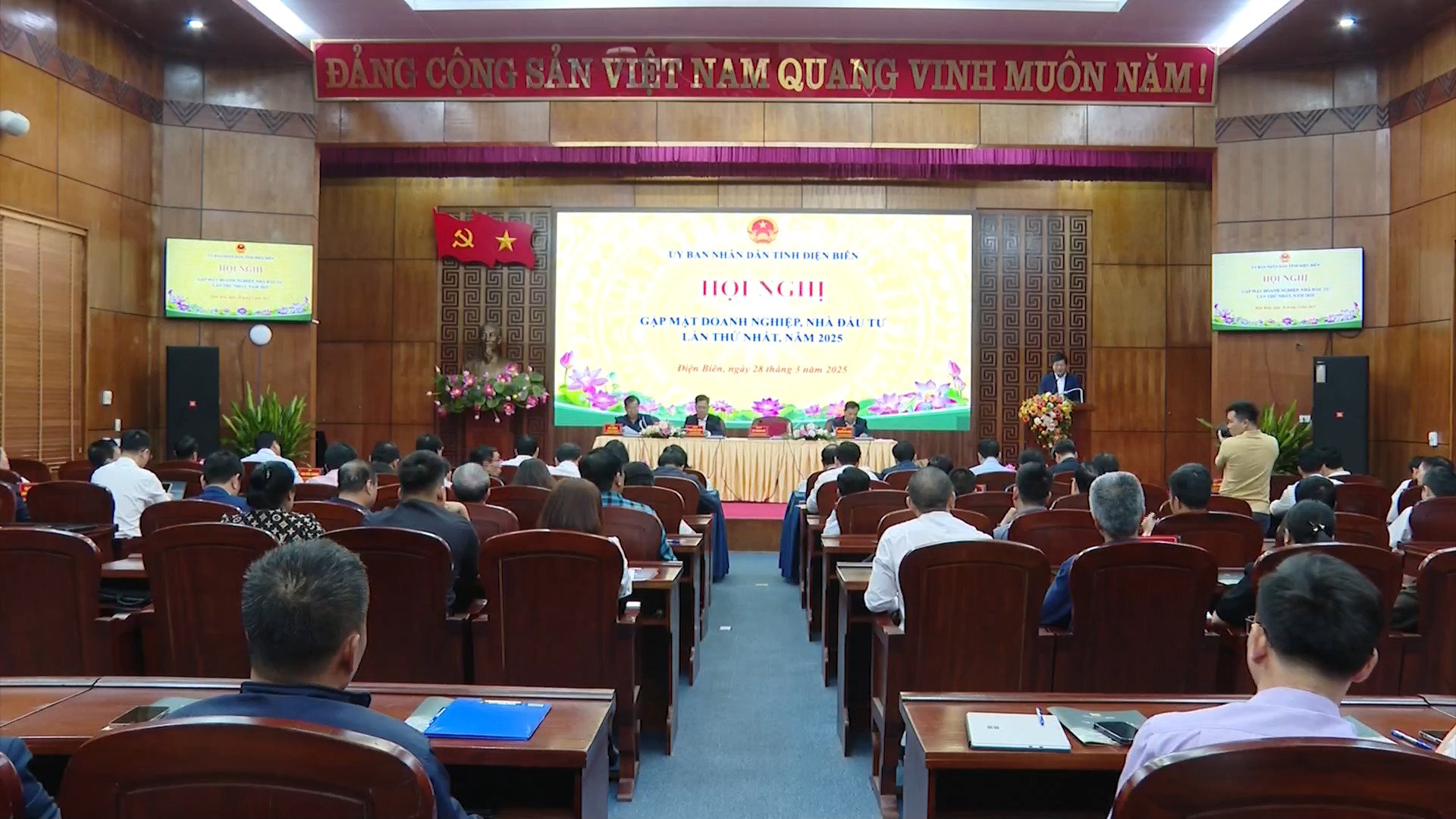






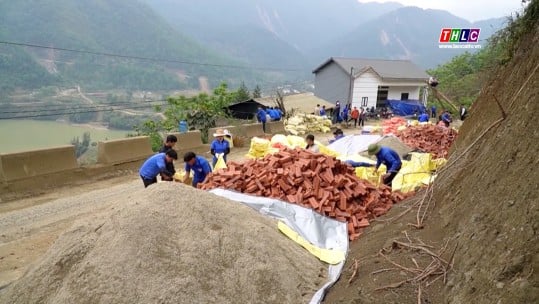

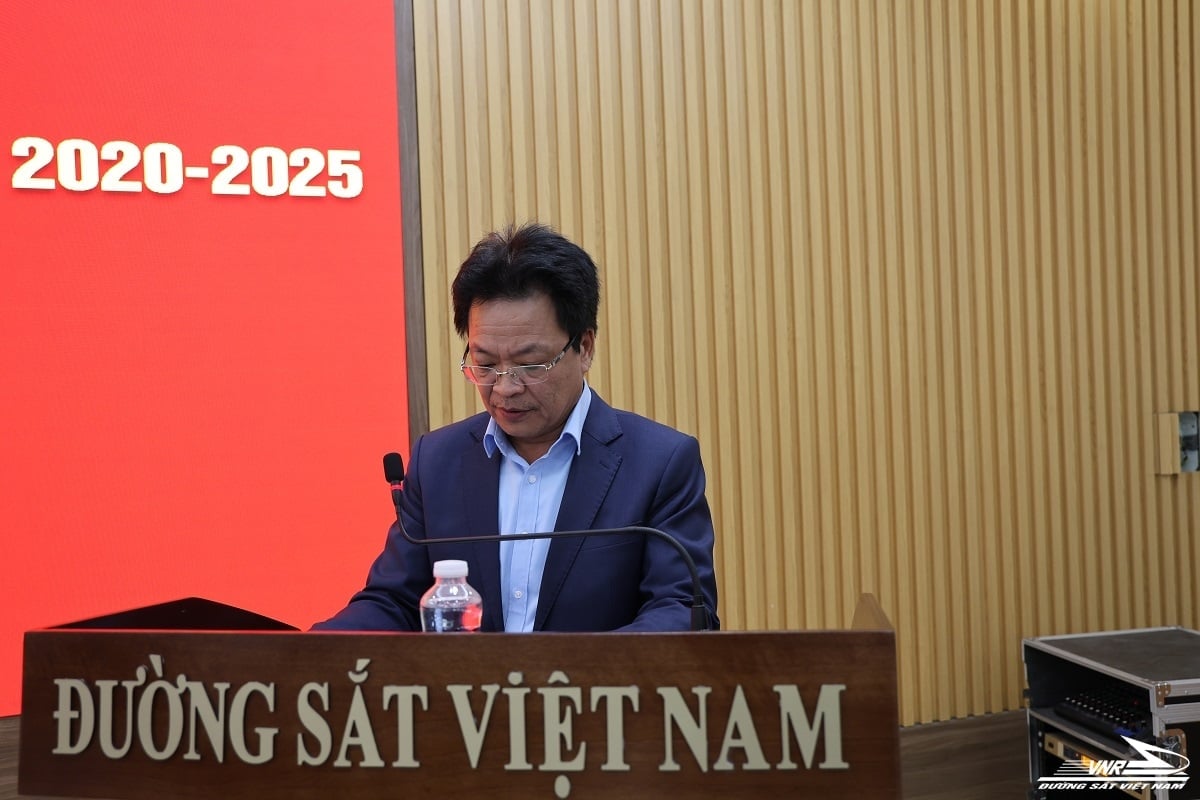



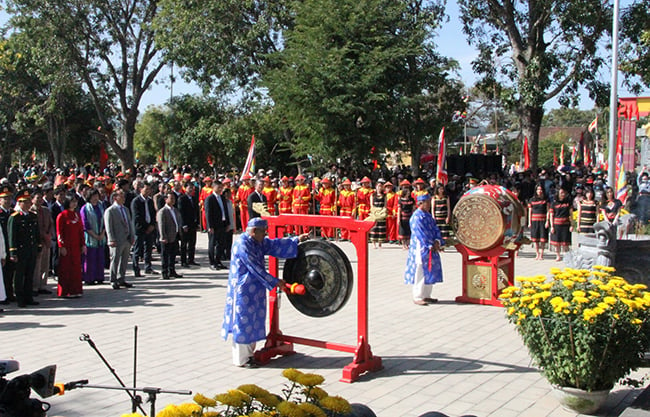

![[Photo] Dong Nai people warmly welcome the forces participating in the parade](https://vstatic.vietnam.vn/vietnam/resource/IMAGE/2025/4/5/ebec3a1598954e308282dcee7d38bda2)


![[Photo] Hanoi flies flags at half-mast in memory of comrade Khamtay Siphandone](https://vstatic.vietnam.vn/vietnam/resource/IMAGE/2025/4/5/b73c55d9c0ac4892b251453906ec48eb)







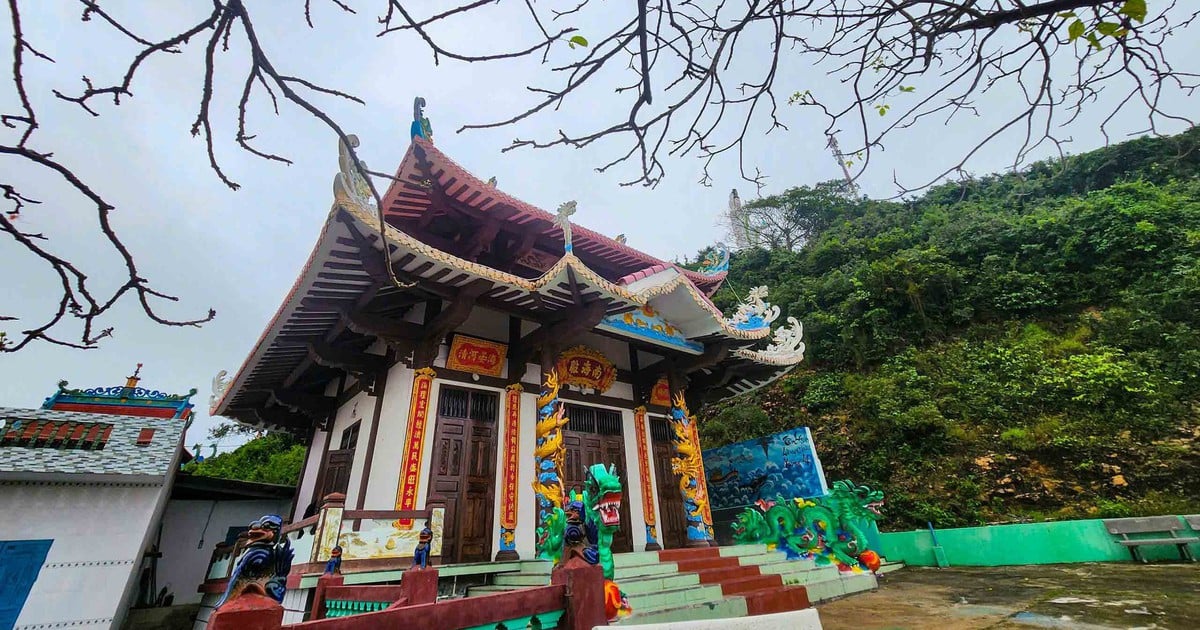







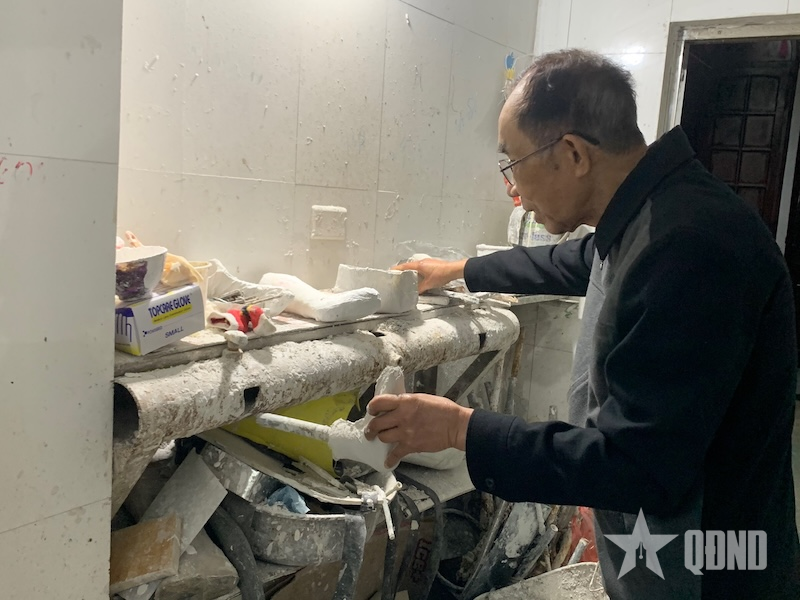





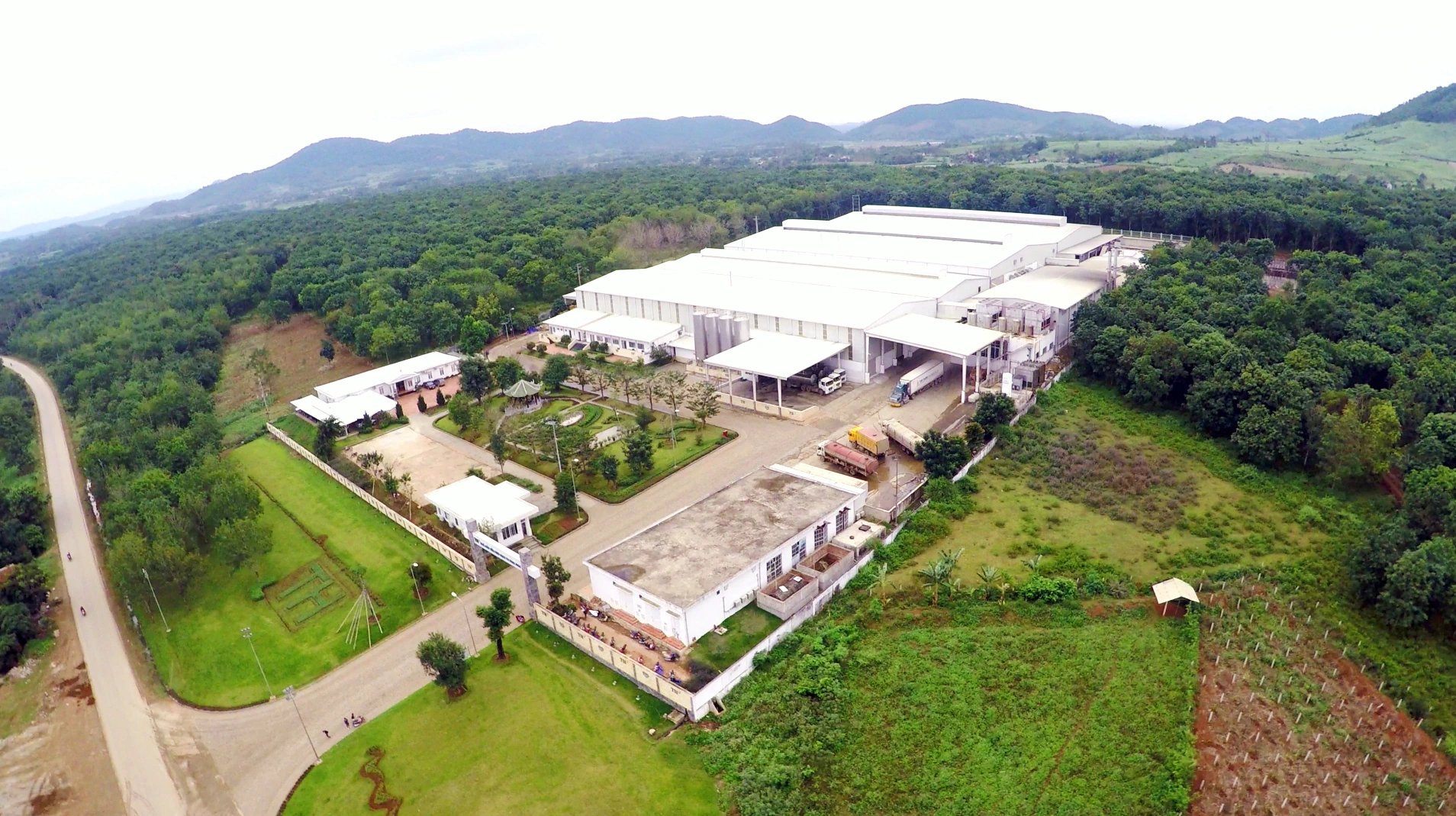





















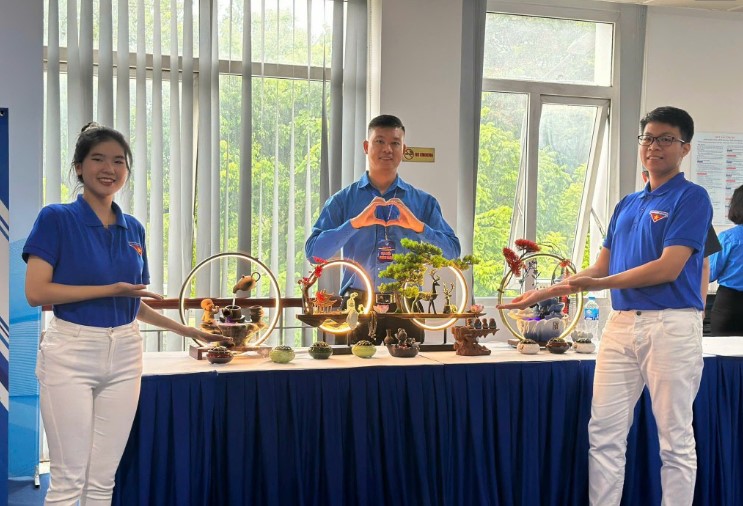
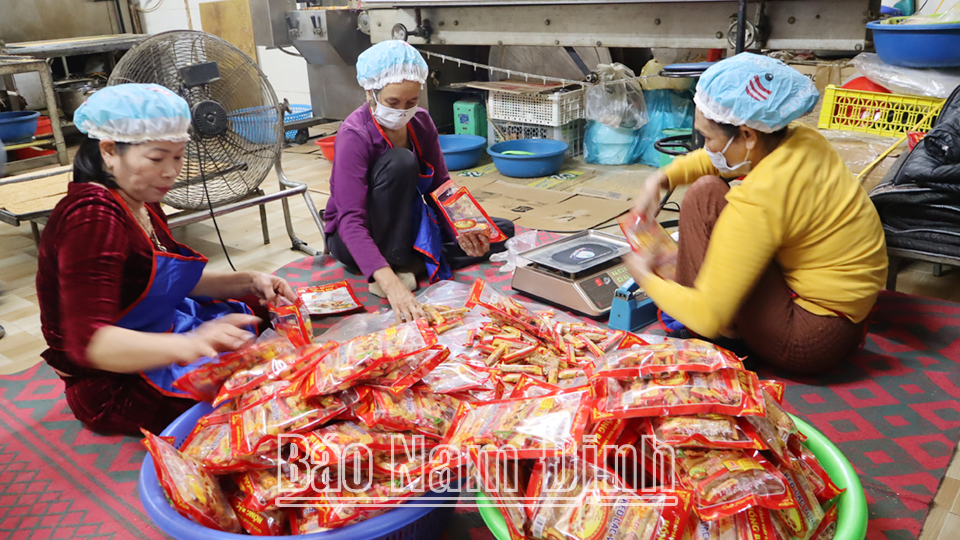





Comment (0)